It’s inevitable. You’re out shopping for a new travel trailer. You pop into a dealership to check out some floorplans. Almost immediately, you step into the cabin to check things out. All the while, one of the most important elements in your purchase goes unseen and unnoticed: the RV trailer suspension system.
As a former RV dealer and current full-timer, one of the first bits of advice I share with RV shoppers is to shop from the road up. However, even with that bit of advice, newbies and veterans alike are still often left asking what to look for. What are the best RV trailer suspension systems, and why does it matter so much?
No worries. We’ll brush you up on what makes a great suspension system and share which ones are the best on the market right now.
Not to Keep You in Suspense, but Here’s Why It Matters
In its simplest form, RV trailer suspension systems are there to keep the wheels planted on the road and absorb the bumps that we encounter. For decades, trailers of all sorts have relied on simple leaf-spring suspension systems to do just that. However, these suspension systems do little to minimize the amount of vibration and harshness that is transmitted up to the RV.
As a rule, the more harshness and vibration a suspension system can absorb, the less of that is transmitted into your RV. Translation: The less vibration that’s transmitted up to your RV, the less susceptible it is to damage.
Think about hitting a bump. The whole RV is jarred. Have you ever come off the road and opened a cabinet only to find it’s a big mess inside? (Even worse, have you ever gone into the RV and found damage?) That should give an idea the beating your RV could be taking.
We had a friend whose stove literally fell out of the cabinet while they were towing their trailer down the road. I can’t say that this was specifically because their RV had a cheap leaf-spring suspension. But, in fact, that is the system the RV had.
So what’s the solution?
Better RV Trailer Suspension Systems
Fortunately, there are some newer — and much better — systems than leaf-spring suspensions available now. RV component suppliers are now starting to provide ever-better suspensions for towable RVs. I recently had the chance to ride in several trailers that were towed on a closed track to experience the actual seat-of-the-pants difference these suspension systems made on the inside of the trailer.
The difference between even an upgraded leaf spring suspension and some of these newer systems was remarkable. The trailers went from rattling and banging and, quite frankly, being scary to ride in to being much smoother and feeling more secure. I have long been an advocate of these upgraded RV trailer suspension systems, and the ride on the closed track was absolute validation of my suspicions.
There are a variety of suspension systems out there now that aren’t just the traditional leaf-springs.
Slipper Roller Suspension
This is a newer adaptation of the traditional leaf-spring suspension. One end of the leaf-spring is bolted to the chassis as has traditionally been done. However, the other end is able to extend and retract without being shackled to the frame. Now, instead, there is a roller mechanism that the spring rides on which is also mounted via a thick rubber bushing.
The only RV manufacturer that I know of that’s using this system from the factory is Rockwood and Flagstaff on their 2025 fifth wheels. I actually did get to ride in one of these on the test track. It was significantly nicer than a fifth wheel with a more traditional leaf-spring system.
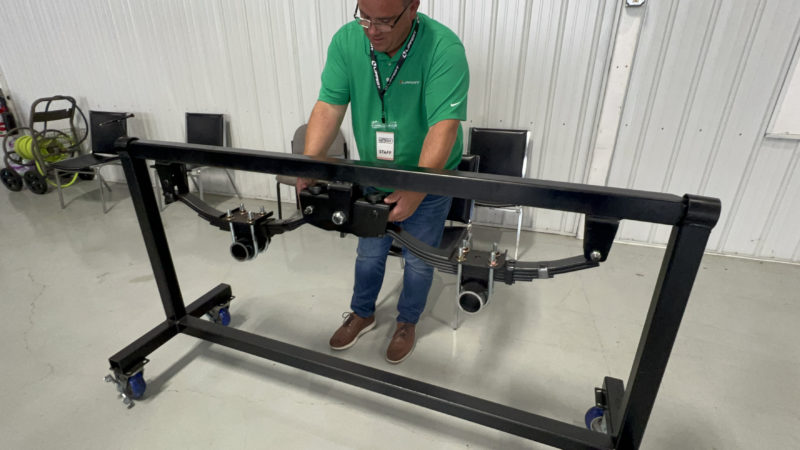
Torsion Axle Suspension
This system has been around for a long time. I got to watch one of these being built at a Lippert chassis factory. And it’s really different.
Essentially, there are long metal bars enclosed within a square tube that is also surrounded by a rubber material. The rubber is frozen well below zero degrees Fahrenheit which shrinks it down. Then they insert it into the axle tube with the metal torsion bars. When it comes up to normal temp, you now have a system that does a reasonably good job of absorbing bumps and vibrations.
At present the trailers that use this system include:
- Airstream (all towables)
- Rockwood and Flagstaff (all travel trailers)
- Keystone Bullet
- Ember Touring Edition
- Jayco Jay Feather Micro
- Taxa Mantis
Now … the Best RV Trailer Suspension Systems
Let me just shoot straight. I think the best RV trailer suspension systems for towables today comes from Curt. (Which is a division of RV component supplier Lippert.) There are two examples of these suspensions, a good and a really good.
Curt Touring Coil Suspension
This new design form Curt is very similar to how the suspension in many cars and trucks operates. There is a coil spring and a shock absorber. The suspension is mounted on a pivot point. This allows it to go up and down. It is controlled by the coil spring and shock.
You wouldn’t consider not having shock absorbers on any vehicle out there yet most trailers don’t. This system incorporates a shock absorber at each wheel which dramatically minimizes the vibration and harshness transmitted inside the fifth wheel.
At present time this suspension is being fitted to the Alliance Paradigm, Brinkley Model Z, and Grand Design Reflection 150-Series.
Curt Adventure Edition Suspension
Taking the Touring Coil suspension system to the next level is the Curt Adventure Edition Suspension. The Touring Coil (just mentioned above) has beams that go across the trailer, so it’s not a truly independent suspension. But the Adventure Edition suspension does not have those beams, which makes it a true independent suspension system for towable RVs.
This fully independent axle-less system affords a lot of suspension travel. This makes it really well0suited to towables that are meant to go off-road. In addition t,here are two shock absorbers at each wheel adding even greater control. This translates into really exceptional off-road handling. But even on-road handling and cornering are improved markedly.
The downside of this system is that it requires a beefier frame and structure. Also, since it’s a much more involved system, it can add significant cost.
The trailers that have this system include: Forest River Ibex, No Boundaries, and R-Pod (optional on some models for all three listed); Ember Overland-Series (standard on all Overland-Series models).
A Little Story About a Suspension Upgrade
Recently, a friend of mine upgraded the suspension on their fifth wheel. They went from a basic leaf-spring to an aftermarket slipper spring suspension system. Specifically, they went from a very rudimentary leaf-spring system to the Roadmaster Comfort Ride system. The cost of the upgrade was about $2,500 with installation.
So, was it worth it to them?
To quote them after a day of driving, “This was one of the best upgrades we’ve made to this RV. The difference is incredible.”
The fifth wheel handled better and towed much more smoothly. Personnaly, I was able to follow them for about 300 miles and observed their cargo tray on the back. Except for very significant craters in the road — we were on I-40 — the cargo tray stayed pretty steady.
The Right RV Suspension System for You
As mentioned earlier, if you’re shopping for a new towable RV, I always recommend starting at the road and working your way upward. While many RV owners only tow fewer than 100 miles on most adventures, others clock quite a bit of distance on each journey.
If you’re someone who is the typical RV owner, as surveyed by KOA, and you only travel 75 miles or so at most, the caliber of the suspension might not justify the big increase in price to get something better than traditional leaf-springs.
The reason I write this is that upgraded and better RV trailer suspensions are typically not fitted to the most affordable RVs on the lot. So, the cost of something with a better RV trailer suspension system may not pencil out. Really, it depends on your style of travel. (And your budget.)
But if you do a good deal of towing, I would absolutely look at what type of suspension a trailer has. This is going to make a significant difference in how long the rig last and the kind of things you’ll find when you open the door after a serious jaunt on our nation’s highways.
A Way for Independent Manufacturers to Stand Out
Also, know that there are some independent manufacturers who do things a bit differently — and a few actually build their own suspensions. So, while I’ve tried to detail the major systems out there, if you’re shopping for something less than mainstream you might find something a little different. And that could be a good thing, too.
If, like friends of mine, you finally realize that the leaf-spring suspension on your towable isn’t doing a good job, there are always upgrades. I had mentioned the Roadmaster Comfort Ride slipper roller suspension, but plenty of RVers have also taken their trailers to MORryde and had coil spring independent suspensions installed. Not a cheap modification, but I have yet to hear someone say the change wasn’t worth the price of admission.
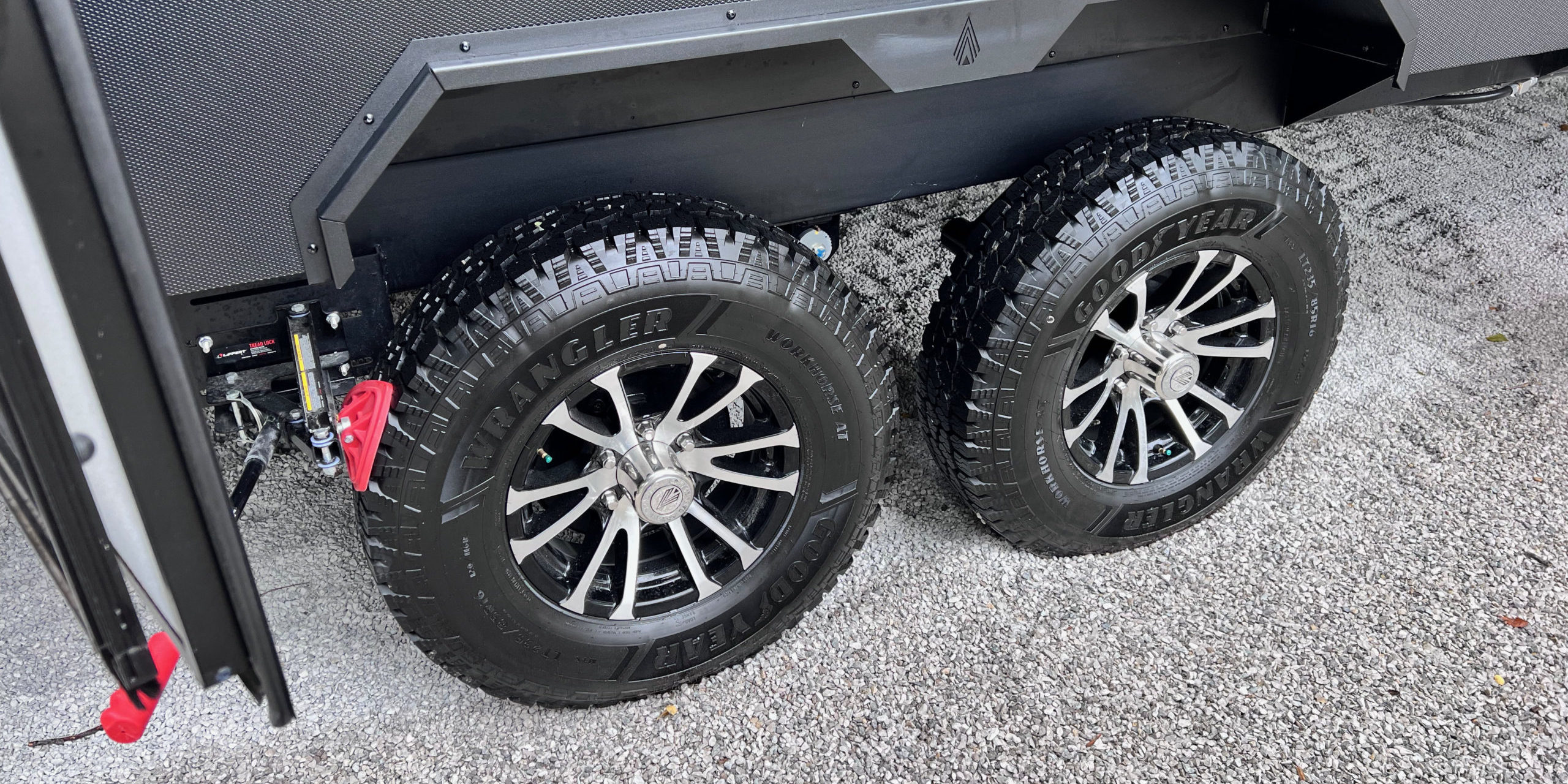
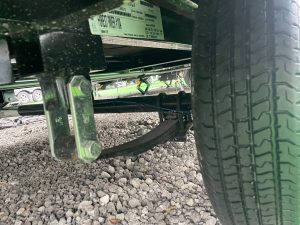
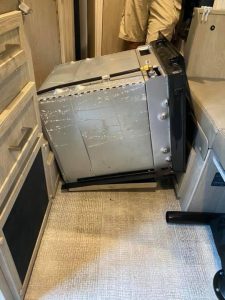
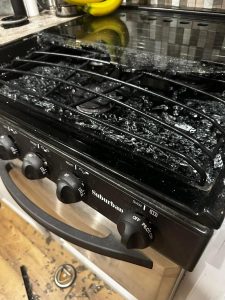
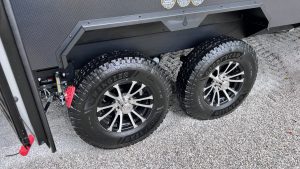
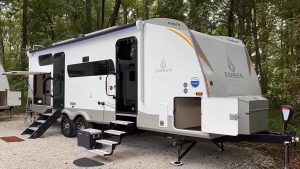
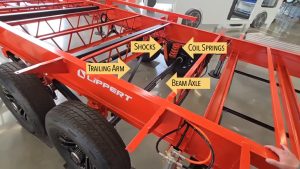
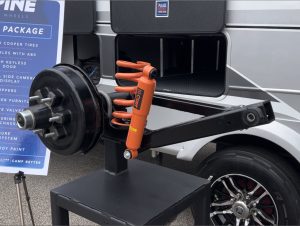
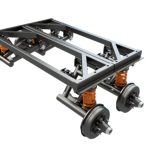
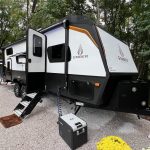
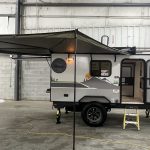
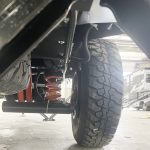
Leave a Reply